Just like any other element of the game, Farthest Frontier has a rather complex farming system. If you’re relatively new to the game, it can be hard to understand how to build and maintain your farms.
Our guide will provide you with all the necessary farming tips and tricks for Farthest Frontier, including the first steps, crop rotation, field management, and food preservation.
How to Set Up Your Farm in Farthest Frontier
When players start a new game, they are given four types of land. Here they are in order from the most fertile to the least:
- Lowland Lakes.
- Plains.
- Alpine Valleys.
- Arid Highlands.
Think of these locations as difficulty levels. For example, Lowland Lakes is very easy, and Arid Highlands is very difficult.
Once you’ve chosen your map, you need to set up your first settlement and farm. Here’s what you need to do:
- Press “F” to open the fertility map.
- Place your Town Center near an area indicated by the dark green color.
- Set up your fisheries, foraging huts, and hunting cabins around it.
- Once your town accommodates around 50 workers, set up your first farm.
- Click on the “Crop Field” icon and place it on the dark green fertile spot.
- Choose the following size of your farm: 5×5 for 1 worker.
- Later increase it to 5×10 once you can dedicate 3 workers.
This first set of crops will produce yields, but you need to make sure that it doesn’t stop doing so and to do that you need to do some management.
Crop Rotation and Field Management
Every farm has a three year cycle with four seasons and 12 months, just like in the real world. You can follow the crop rotation in the “Crop Field” menu.
After you have set up your farm, you need to make sure that it yields a proper amount of crops. Here’s what you need to do:
- Go to “Crop Field” menu.
- Click on the first year marked by “I” roman number.
- Select crops you wish to add to your farm in the new menu.
If you want to have the highest possible yield for your crops, then you need to pay attention to their tolerance levels in the crops menu. For example, If you notice that a type of crop has low tolerance to frost, such as beans, then plant it in the warm months of the year. If a crop has high tolerance to frost, then put it in the cold months.
Lastly, you also need to take care of weeds and rocks that influence the yield. In order to maintain your field you need to follow these steps:
- Go to “Crop Field” menu.
- Click on the year of your choice.
- Select “Farmer” in the crop menu and place it on that year.
These farmers will make sure that your fields stay clean and productive, so it is recommended to give them work even before you decide to plant any crops.
Food Spoilage and Storage Management
Once your farms’ output increases, you’re going to run into the issue of food spoilage. There are a few ways to deal with food spoilage, from preventative measures such as rat catchers to preservation options like smoking or bottling food.
Here are some of the most effective ways of storing food in Farthest Frontier:
- Root Cellar: Build it as soon as you can, and keep most of your food there all year round. Upgrade it regularly!
- Basements: You can also store food in the basements of the houses, where it’s dark and cool.
- Rat Catchers: If you decide to keep your food in the basements, then you must use rat catchers, or all that food will be spoiled by rats eventually.
- Barrels: You can purchase barrels at any trading post.
- Smoke Houses: Smoking your food can be another great way of preserving it.
- Bottling: This method is mainly used for vegetables.
There are a few other types of buildings used for storage, but not for food storage, and it is not recommended to keep your food in there. Only use the buildings and methods listed above, if you want to avoid food spoilage.
That’s all you need to know about farming in Farthest Frontier, check out our growing list of Farthest Frontier guides here on GameSkinny.

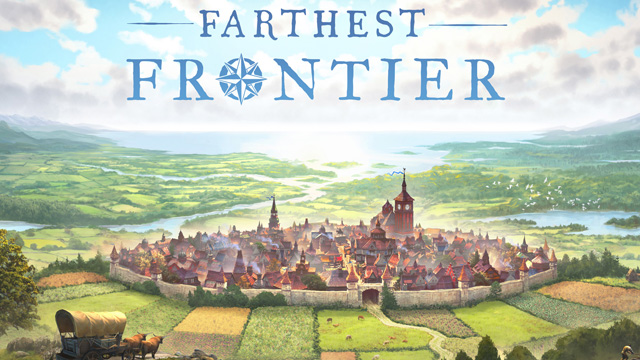



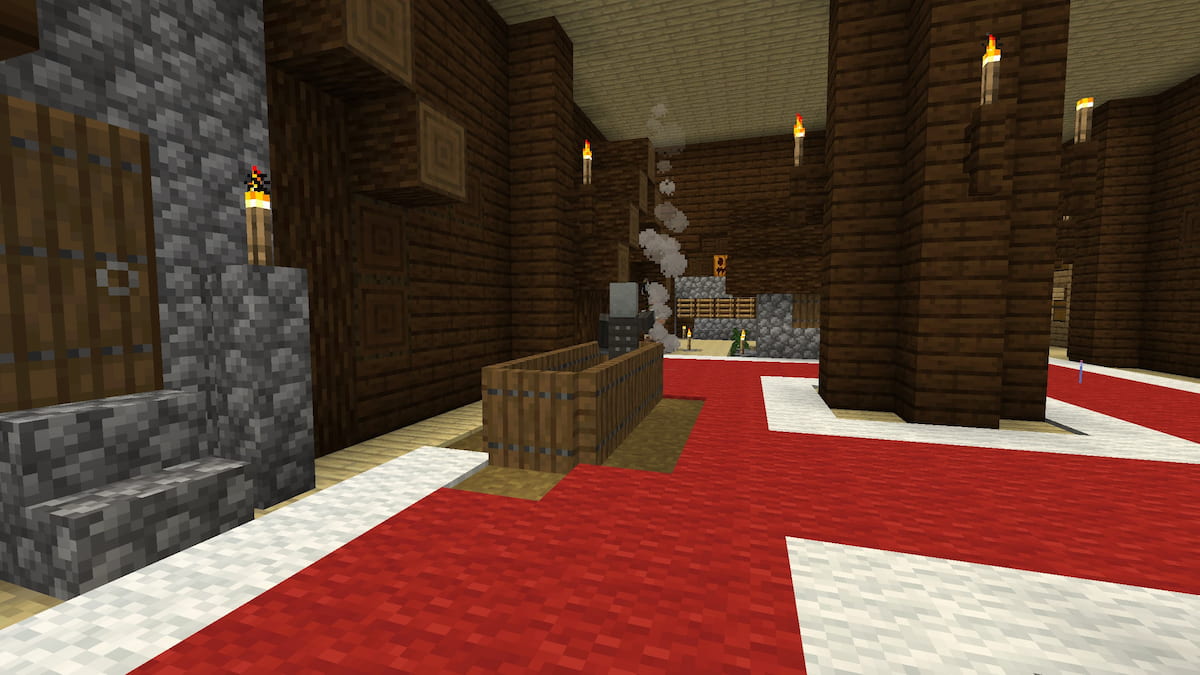
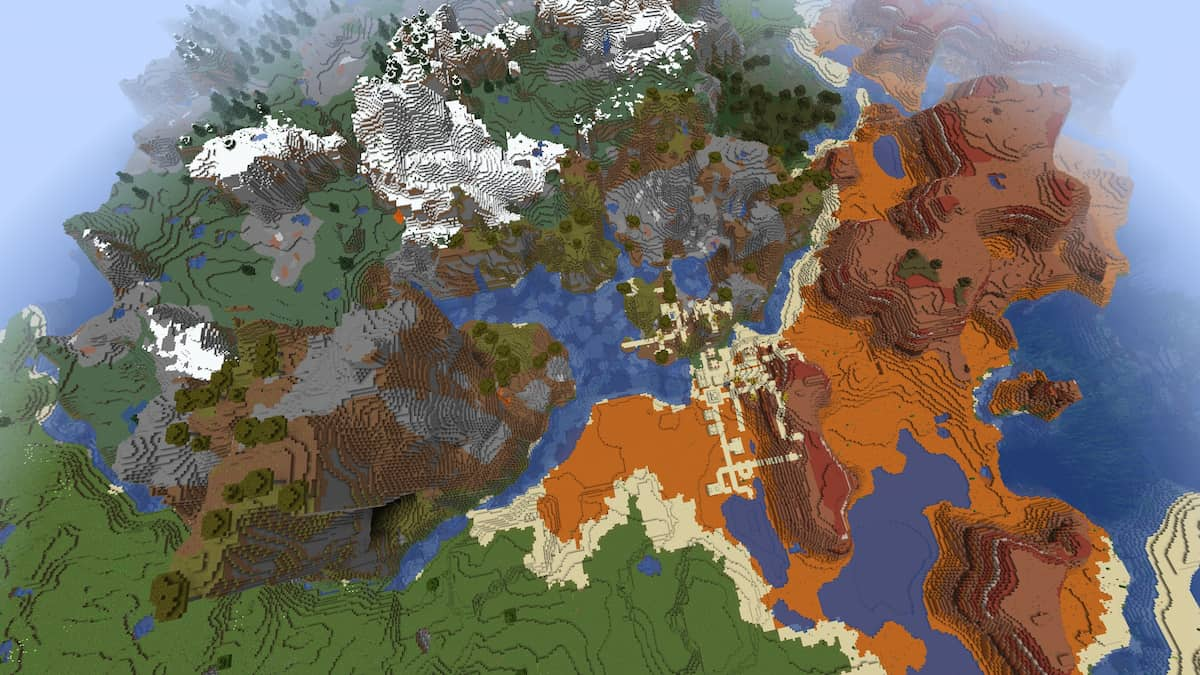
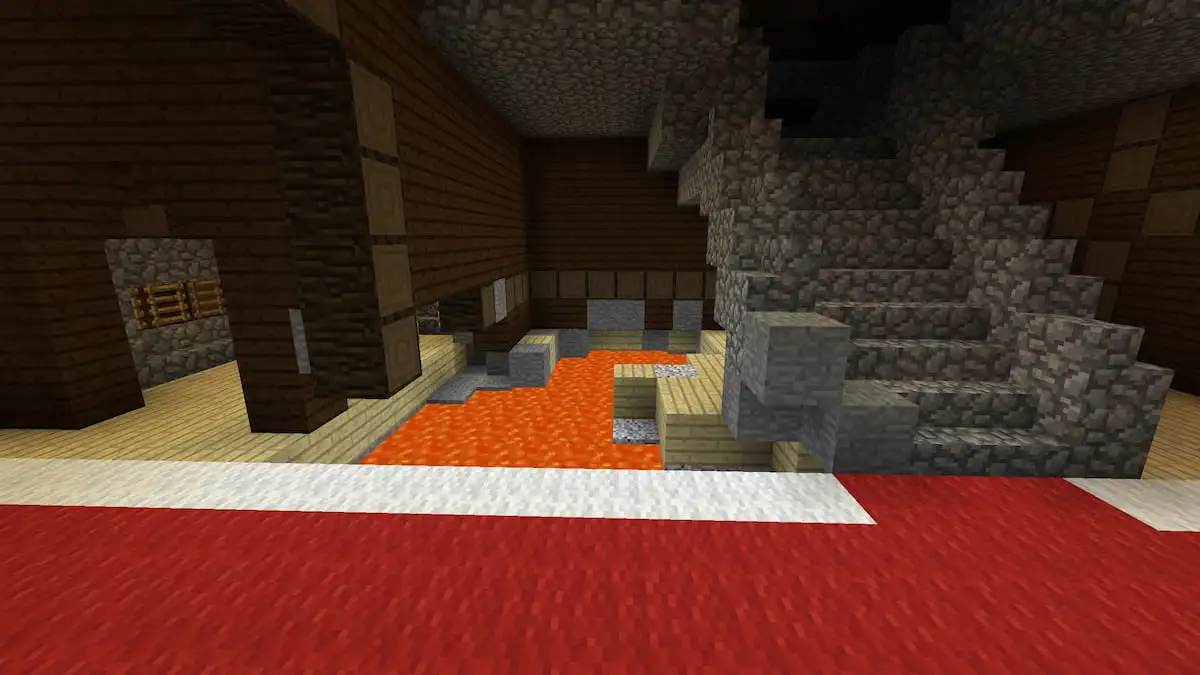
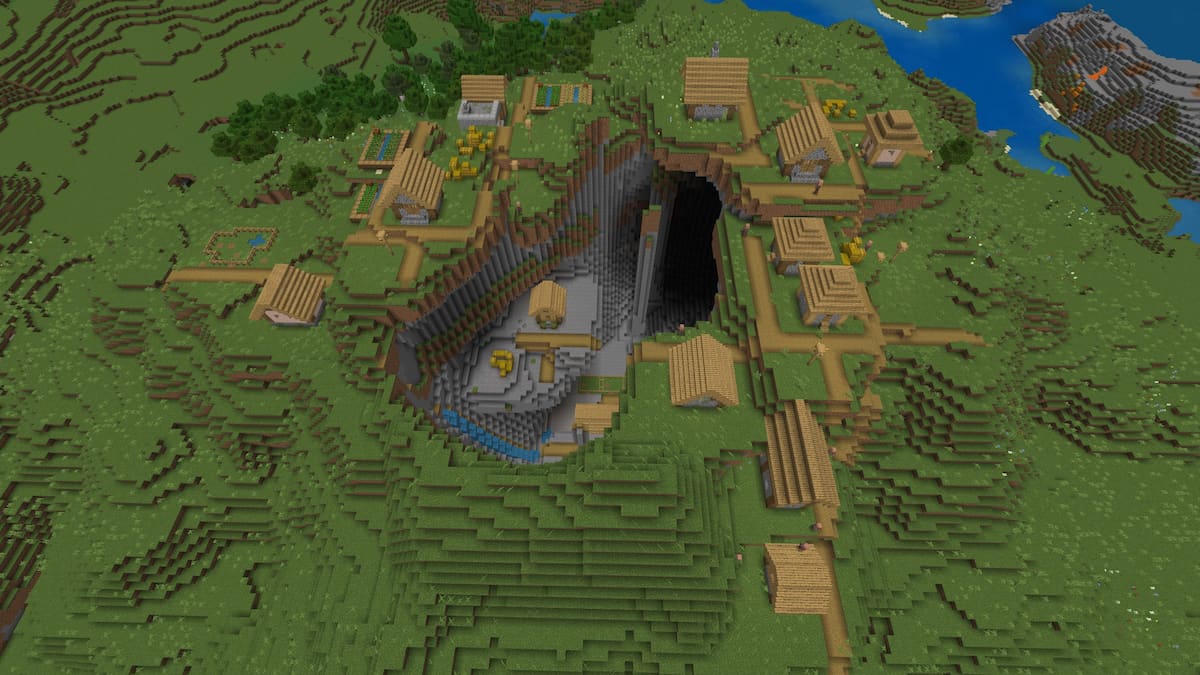
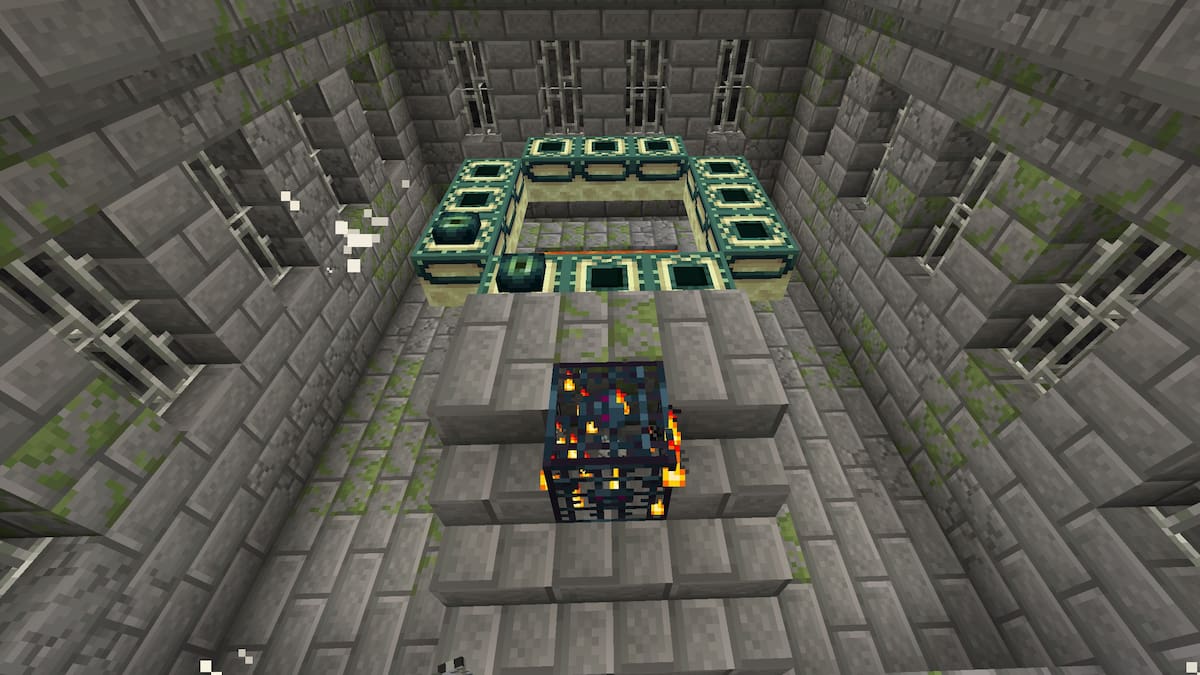
Published: Aug 16, 2022 08:07 am